What Is The Difference Between a Spectrometer and Colorimeter?

Introduction of Spectrometer and Colorimeter
What is the difference between a Colorimeter and Spectrometer? Both devices capture light in order to analyze it’s properties for many different applications. However, there are some major differences that set them apart. In this article, we will explain the differences by contrasting:
- structural design
- functionality
- applications
- accuracy
- advantages and disadvantages
- Colorimeters and Spectrometers for Light Measurement
- Differences Between Spectrometer and Colorimeter
- Who uses colorimeters and who uses spectrometers?
- Spectrometer vs Colorimeter: Accuracy
- What is the difference between a colorimeter and a spectrometer?
Colorimeters and Spectrometers for Light Measurement
As we mentioned, colorimeters and spectrometers are used in many applications and industries. This means there are different types, classifications of these instruments
In this article we will be focusing on Light Source Colorimeters and Spectrometers, which are instruments that measure light from “lights” (e.g. LEDs, fluorescent lamps, incandescent bulbs).
Differences Between Spectrometer and Colorimeter
Before diving into the structural design differences, it’s important to understand how colorimeters and spectrometers function at a high level. Both instruments are designed to measure light, but they do so in different ways. While colorimeters focus on measuring the color properties of light, spectrometers provide a broader analysis of light’s spectral content. Understanding these functional differences will help clarify why their structural designs differ as well.
Structural design differences.
As we mentioned Colorimeters capture and analyze light properties, but primarily for identifying the light’s color characteristics.
Most Colorimeters use a 3-color RGB filtering system. This means it receives the light from a light source, separates the blue, red, green wavelengths using filter plates. It then analyzes the intensities from the 3 wavelengths, and uses the data to map it to a spot on a color map (e.g. CIE 1931 Color Chromaticity Diagram).
Colorimeter using RGB filters to separate Blue, Red and Green wavelengths before mapping the light’s color onto a color map
So, why do we use Red, Blue and Green? Because mixing proportions of those 3 colors you can derive a “white light” or something close. Additionally and coincidently, the 3 colors are similar in the way we humans process light and color. That means we have visual photoreceptor cells called rods that similarly receive reds, blues and greens separately. Those colors are then processed to form a color image in our brains – we call it a tristimulus system, and we call these instruments tristimulus colorimeters.
Also related, is an entire set of algorithms (developed by CIE) that allow colorimeters and spectrometers to try to see things the way we humans do – it’s called CIE color matching.
Spectrometers don’t use filtering. Instead, they use diffraction grating that slices up the light into many precise wavelengths – this also includes Red, Green, Blue, but many other colors in between. This gradation or finer differentiation of colors has important ramifications for the accuracy of mapping onto a CIE color map. This also allows the spectrometer to perform many other important light-color functions that a colorimeter cannot.
Learn more about the Spectrometer: MK350S Premium

Portability and Speed
Colorimeters are mostly portable or handheld devices that capture and analyze light very fast. In contrast, specialized instrumentation that produce spectral data have a reputation to be bulky, usually tethered to external monitors and laptops. Furthermore, they had notoriously slow capture times. However, these days, you can now find handheld spectrometers (UPRtek), also with fast capture times.
Price
The colorimeter, compared to a spectrometer, is a relatively basic device with less functionality. And so, it is understandably less expensive.
The spectrometer is a more sophisticated device, with precision optics, capable of finer accuracy, more functionality and thus understandably more expensive.
Who uses colorimeters and who uses spectrometers?
Colorimeters are used for product inspection, comparing LED samples against each other or comparing samples against a known test LED. In other words, if you are only concerned with matching up, comparing samples and less worried about pinpoint color accuracy, colorimeters may be a practical solution.
Spectrometers are used for more meticulous, accurate light assessment.
- They are used in LED R&D and LED manufacturing to measure and improve color fidelity and are also used to help calibrate LED products for product consistency. Spectrometers like the UPRtek products have advanced SDK (Systems Development Kits) that allow manufacturers to integrate the data with their own QC software and hardware facilities.
- Spectrometers are also used in LED commerce, where buyers and sellers are engaged in high stakes bulk transactions and must use certifiable and accurate measurement to validate against specifications.
- They are also used in Academic Universities for many types of research requiring consistent, precision light measurement (agriculture, marine biology, space exploration).
- Cinema lighting directors will use spectrometers to carefully set up lighting for the cameras that must capture light with true color fidelity in order to reproduce them accurately on the big screens.
Read on about LED Manufacturing
Learn about Lighting Academics and Research
Functional differences
A Spectrometer can do most everything that a Colorimeter can do. That being said, we listed some of the notable functionality that colorimeters CANNOT do.
Colorimeters cannot:
- produce Spectral diagram (SPD), a very useful tool in eyeballing the overall light color distribution and quickly assessing erratic light color behavior.
- measure your light for CRI or other rendering indexes (TM-30-15, TLCI, CQS, SSI) because it only obtains 3 basic wavelength colors (RGB). << Read More: What is CRI – color rendering index >>
- assess metamerism because, again, it has no access to full spectral color information represented by the Spectrum (SPD) or CRI R1-R14 values.
- normally assess the lighting issues in regards to flicker, blue light hazard, and human-centric lighting. << Read More: Flicker and Other Temporal Lighting Artifacts (TLA): What You Need to Know >>
- Colorimeters are limited by their construction. Conversely, spectrometers with spectral capabilities can be used to integrate with and adapt to many situations. This seen in UPRtek products, which use SDKs to assist LED manufacturers troubleshoot problems, improve QC and even calibrate their products. Furthermore, firmware updates and new product versions are always being used to add new functionality and industry standards (e.g. PAR meter capabilities, HEV assessment).
Both Spectrometers and Colorimeters capture and analyze light properties. But the Spectrometer opens the door for much more functionality and a wide range of applications.
Spectrometer vs Colorimeter: Accuracy
If you take a measurement of a light from a colorimeter and a spectrometer, you may find they land on 2 different points on a CIE Chromaticity Diagram. In such a case, the spectrometer will, hands-down, be given more credence. Moreover, it is already well documented that spectrometers are more accurate than colorimeters. Additionally, the major lighting organization CIE (Commission Internationale de l’Eclairage) only endorses spectrometers for light manufacturing and research.
Colorimeter Accuracy
A colorimeter and its 3-color filtering system has inherent limitations. In short, it’s not easy for filtering detectors to perform CIE color-matching. In effect, you are taking a light and separating three color wavelengths (broadband) using separate filters. Furthermore, the 3 filters are usually pieces that are cut from a single multicolor filter. This multicolor filter is normally coated before being cut up. But the coat is not always evenly spread across the surface and can cause even more inconsistencies in the individual pieces.
After all that you have to take the data from the 3 colors and piece them back together to arrive at a point on a color map.
Spectrometer Accuracy
A spectrometer doesn’t use filtering. This means there is no separate processing of colors. It slices up the many wavelengths in place to resemble a complete spectrum that fits nicely into the CIE color matching algorithms. In short, it is a straight forward and clean system.
For a more quantitative look at the differences, the industry uses an f1′ metric to gauge the accuracy differences. f1′ is the percentage mismatch with the CIE functions.
Spectrometers: f1′<1%
Colorimeters: f1′<4-5%
Spectrometers are inherently more accurate and is paramount for many industries. However, in deference to colorimeters, they have evolved over the years with better technology (Four Color Matrix, better precision filters and improved CCD technology). All in all, accuracy is actually quite good for inspection purposes. The simplicity and low price proves it’s still a prudent, practical choice for many people.
Learn more about CIE Chromaticity Diagram ! Get the Lighting Survival Handbook
What is the difference between a colorimeter and a spectrometer?
Both Light Source Colorimeters and Spectrometers capture light and measures the light properties.
Colorimeters are:
- basic light measuring devices with less functionality.
- portable and fast to capture.
- less accurate than spectrometers.
- a lot less expensive than spectrometers.
- primarily used for inspection of light samples and can be a practical choice for many who only need the basics.
Spectrometers:
- are designed with more sophisticated optics.
- have more functionality.
- are adaptable to more industries and applications.
- can be easily upgraded to new standards (.e.g. HEV assessment).
- are more accurate
- are more expensive
- can be used in LED manufacturing, LED commerce, Scientific Lighting Research, Lighting Design and endorsed by the CIE
Colorimeters are important devices for the industry. But spectrometers have become portable, fast and relatively practical too (compared to expensive traditional spectral instruments). This means that manufacturers, buyers and sellers now all have the opportunity to access to the same precision technology to conduct LED manufacturing and LED commerce with full integrity and confidence.
See our complete list of UPRtek Spectrometers

MK350D Compact Spectrometer

CV600 Cinema Spectral Meter
Hot Product
Handbook Series
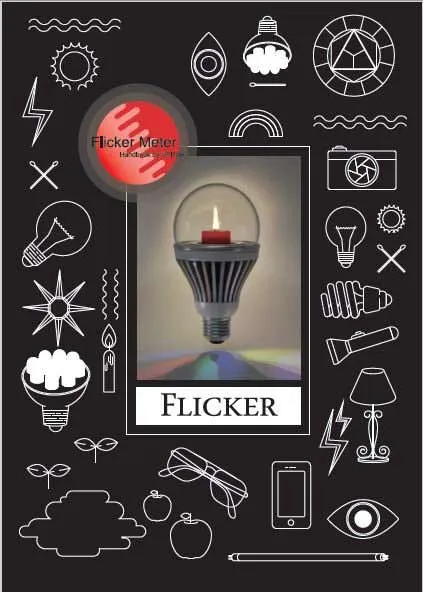
The Flicker Handbook
Everything thing you need to know about Flicker, an insidious, potentially serious lighting artifact impacting visual safety for public places like hospitals, offices, libraries, and more...
About UPRtek

United Power Research and Technology
UPRtek (est. 2010) is a manufacturer of portable, high-precision light measurement instruments; Handheld Spectrometers, PAR meters, Spectroradiometers, Light Calibration Solutions.
UPRtek HQ, R&D and manufacturing are all based out of Taiwan, with Worldwide representation through our certified Global Resellers.
Latest Articles
Category
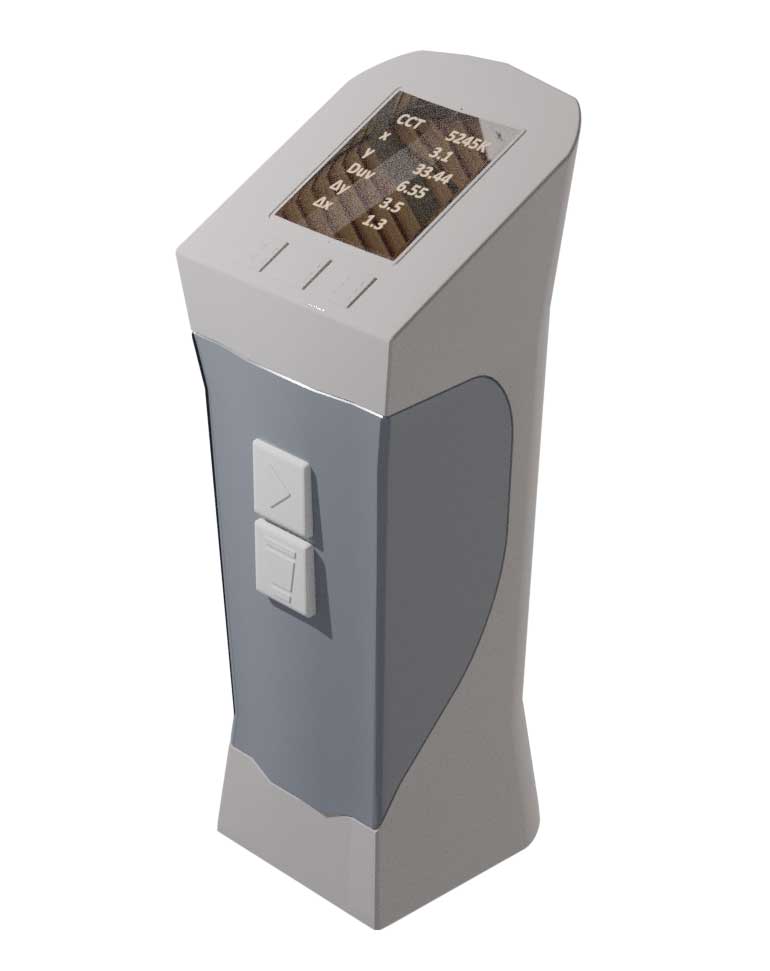


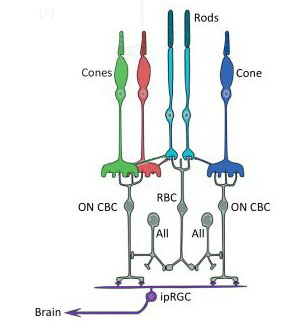

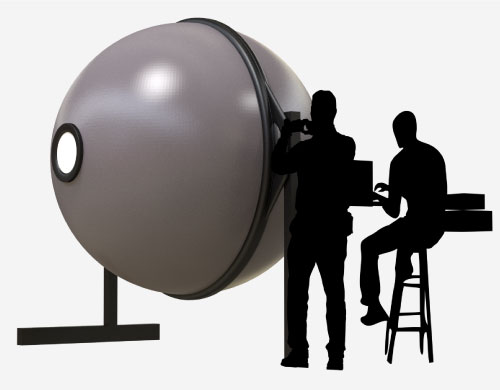
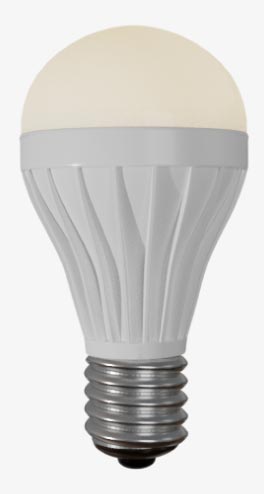

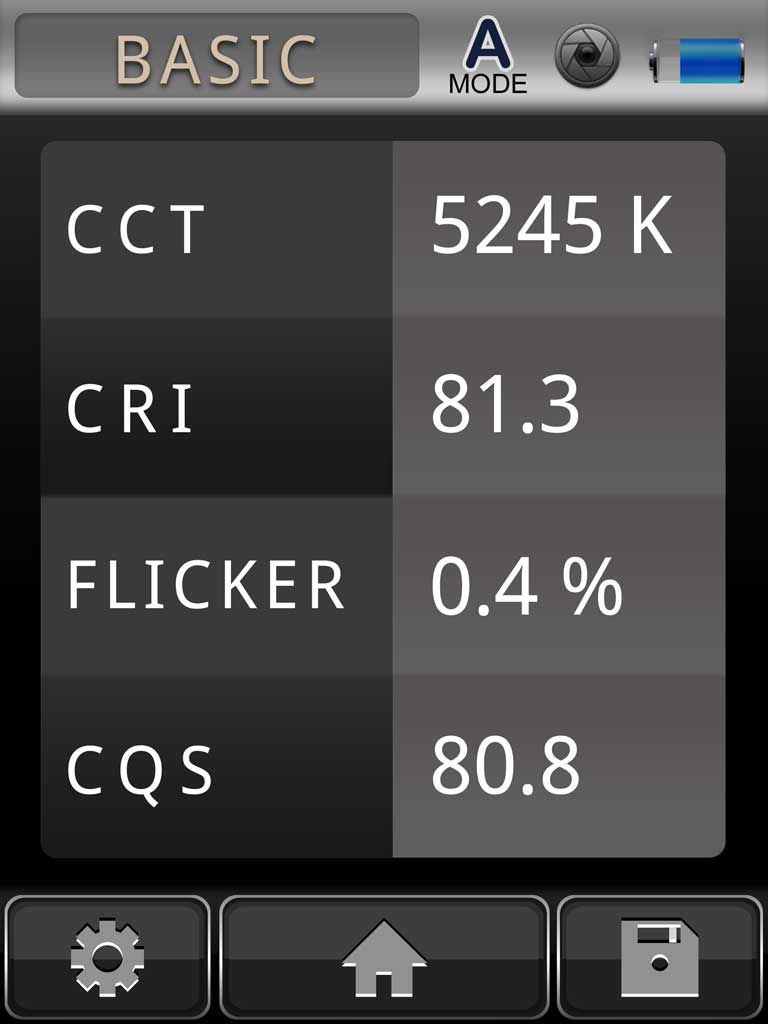
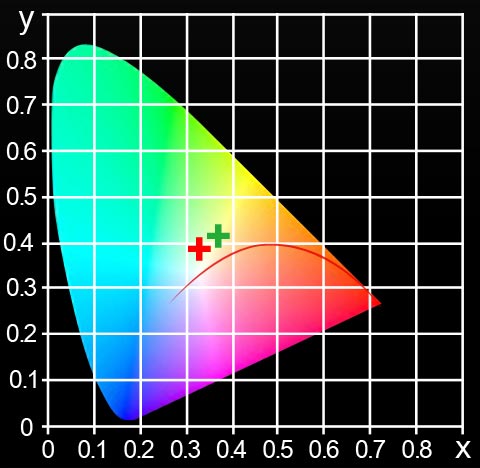









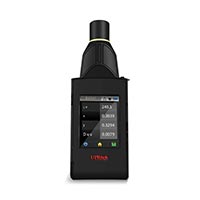

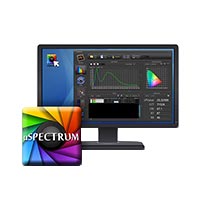

0 Comments